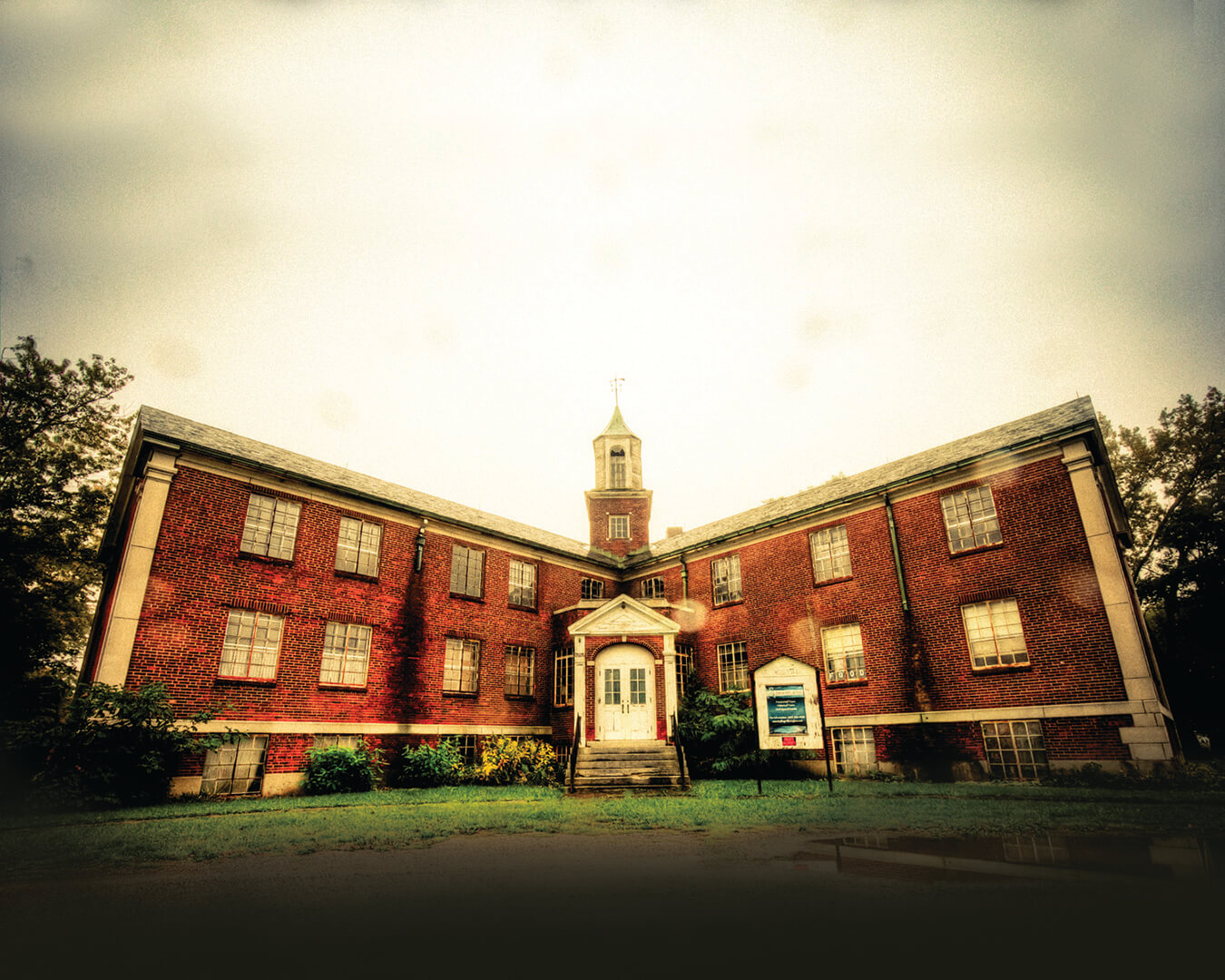Where Shadows Still Walk:
Inside New York’s Most Haunted Asylum
Perched in the quiet hamlet of East Bethany, New York, Rolling Hills Asylum stands as a chilling monument to a bygone era. Established in 1827 as the Genesee County Poor House, this institution was meant to be a refuge for society’s outcasts—the destitute, the mentally ill, orphans, widows, and petty criminals. But over the decades, it became something far darker. With more than 1,700 documented deaths and countless unmarked graves on the property, Rolling Hills is now considered one of the most haunted places in America.
In its earliest days, the asylum was designed to be self-sufficient. Those housed there called “inmates” regardless of their condition, were expected to contribute to the upkeep of the facility. They tended livestock, worked the land, made clothes and jams, and even built coffins that were sold to support the institution. For many, this isolated world was both home and prison. Forgotten by society, their stories ended quietly within its walls, their bodies lay to rest without names, without markers, without peace.
But some souls,
it seems, never truly left.
Today, Rolling Hills Asylum draws ghost hunters, thrill-seekers, and the curious. Visitors report a chilling array of paranormal activity. In one infamous corridor, known as the “Shadow Hallway,” dark figures slip in and out of rooms, visible only in your peripheral vision—there one moment, gone the next. Disembodied voices call out, some clear as day, others soft as whispers in the dark. The most commonly heard is that of Hattie, a blind woman who once lived at the asylum and was known for greeting everyone she met. Guests still hear her friendly “Hello” echoing through the empty halls.
Perhaps the most tragic and well-known spirit is Roy. Suffering from gigantism, Roy stood over seven feet tall and was abandoned by his family at the age of twelve. He lived there for decades, known for his gentle nature and his love of opera music. Today, his towering shadow is often seen looming in the corners of rooms, and some visitors report hearing faint opera playing, as if from an old phonograph. Many say his presence isn’t malevolent—it’s more like he’s still waiting for someone to come visit him.
For the brave, the asylum offers guided historical tours, public and private ghost hunts, and overnight investigations. These aren’t your run-of-the-mill haunted house experiences. Guests are given real investigative tools, free rein of the vast, decaying structure, and the unnerving opportunity to explore the halls where history refuses to stay buried.
Rolling Hills Asylum has gained national attention, featured on paranormal TV shows like Ghost Adventures and Ghost Asylum, and remains a cornerstone of New York’s Haunted History Trail. Located at 11001 Bethany Center Road, the building welcomes those drawn to the darker corners of history—and the entities that may still inhabit them.
For those seeking more than just a thrill, Rolling Hills isn’t just a ghost story. It’s a reminder of the forgotten, the silenced, and the suffering. Step through its doors, and you might hear their voices. But be warned: once you visit Rolling Hills, you’ll never forget it. And it might not forget you either.

